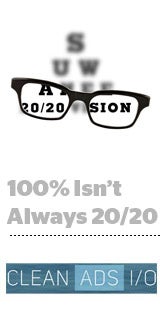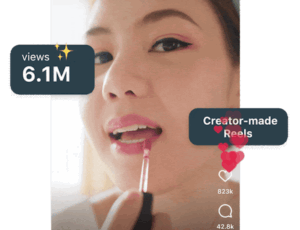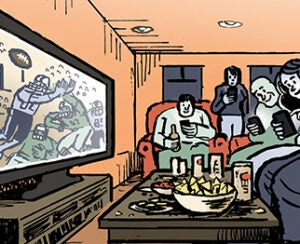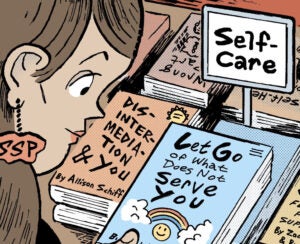 Keith Pieper, VP of technology at IMM, will be on hand to discuss approaches to viewability testing at the May 24 CLEAN ADS I/O conference in New York.
Keith Pieper, VP of technology at IMM, will be on hand to discuss approaches to viewability testing at the May 24 CLEAN ADS I/O conference in New York.
One hundred percent sounds like the best there is – but that’s not 100% true when it comes to viewability.
According to separate pieces of research conducted by digital marketing agency IMM and programmatic media planning and buying company the Goodway Group, the economics of delivering 100% viewable campaigns don’t make financial sense, at least not yet.
For marketers measuring ROI by online sales revenue or lifetime value minus the cost of media, targeting 60% viewability seems to deliver the best bang for their buck, although that won’t necessarily be the case for every client, said Keith Pieper, IMM’s VP of technology.
“It’s about finding the right threshold,” Pieper said. “What is the incremental value of that extra point of viewability for the extra CPM you’re paying?”
IMM ran a number of viewability tests for clients, including one with a telecom looking at private Deal ID inventory buys across a variety of publishers with guaranteed higher viewability. The conclusion: Paying more for higher viewability as a way to maximize conversion rate is a smart move, but only up to a point. After about 50%, the cost-benefit ratio starts to slip.
Goodway Group noticed a similar trend in its own research examining 1 billion impressions across inventory sold programmatically on the open exchange and through private marketplace deals.
Although it found that viewability improves conversion rate by 8% to 9%, that tapers off fairly quickly. Sites with between 30% and 40% viewability rates were the best value for money in terms of CPM paid to conversion generated. For sites with 80%-plus viewability, the conversion did not justify the CPM.
“I maintain to this day that 50% in-view at $4 beats 100% viewability at $10 all day long,” said Jay Friedman, COO of the Goodway Group.
But that doesn’t mean advertisers and their agencies aren’t demanding 100% viewability or bust – both in terms of overall campaign delivery and the number of pixels per impression.
GroupM in particular has been downright vociferous.
AdExchanger Daily
Get our editors’ roundup delivered to your inbox every weekday.
Daily Roundup
“Frankly, if an ad isn’t viewable, it’s worthless,” said John Montgomery, chairman of GroupM North America, in a previous interview with AdExchanger. “[And] If an ad can’t be seen, then we can’t expect clients to pay for it.”
It’s hard to argue with the second point.
But even impressions that fall short of the Media Rating Council minimum standard for display of 50% of pixels in-view for one second aren’t automatically worthless, Goodway found.
Say someone sees 50% of a display ad featuring a Heinz ketchup bottle or the Dos Equis Most Interesting Man in the World for 0.98 seconds. “Even if you see less than half the ad, there’s going to be instant recognition, so 100% doesn’t do all that much more for me,” Friedman said. “This is more about brand recognition and creative than it is about the standard.”
Of all the impressions Goodway surveyed, roughly 8% had half or more of their pixels in view for more than zero seconds but less than one second (the minimum). These impressions are measurable, but discarded because it’s assumed they’re not making an impact even though they very well might be.
But there are also some impressions that are straight-up unmeasurable, not to mention the impact of fraud, slow-loading tags and the discrepancies that still exist between measurement vendors.
“Even if there’s an ad at the top of the screen, you may scroll right past it before the page loads, which is a huge factor that can influence a site’s viewability score or viewability on a campaign,” Pieper said.
None of this means 100% viewability isn’t possible. Publishers sell it and vendors guarantee it. It’s a question, rather, of performance versus value for money.
“Viewability should be a baseline on the road to your KPI,” Friedman said, “not the KPI itself.”













